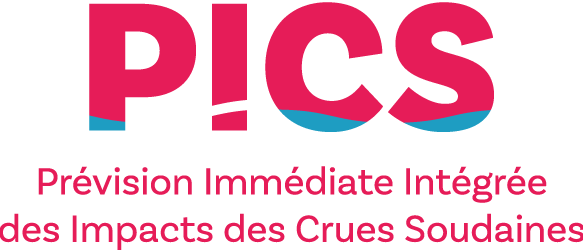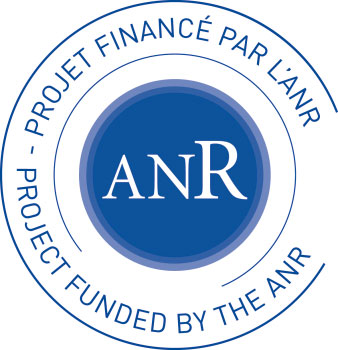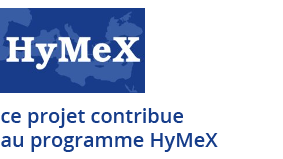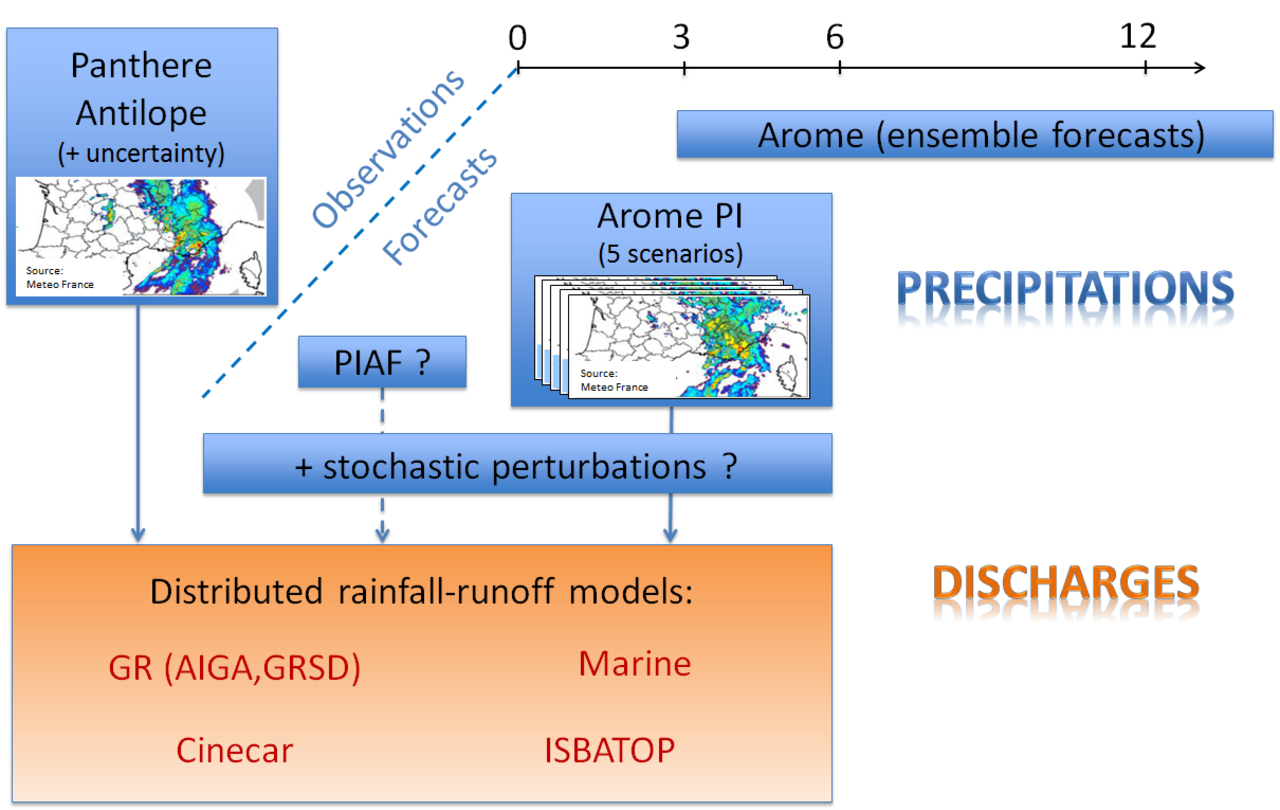The first work package of the PICS project deals with the short-term forecasting of precipitation and discharges in the watersheds considered in the project. It includes three main tasks.
The first task includes the preparation of quantitative precipitation estimates and forecasts for the selected case studies. The different rainfall products available include different types of quantitative precipitation estimates combining radar and rain gauges, as well as short-term forecasts with up to 6 hours lead times from the Météo-France Arome-PI NWP model. These data have spatio-temporal resolutions suited to the forecasting of flash floods (of the order of 1 km ² and 5 to 15 min), and are produced in a short delay after the last observations to improve the anticipation lead-times (at the latest at H +35 min for short term forecasts).
The second task aims to improve hydrological models for small watersheds. For this purpose three key questions will be addressed. At first, the relevance of the structure of current hydrological models such as for example GR (Irstea), Cinecar (Ifsttar), or ISBA-TOP and MARINE (Météo-france) will be examined. Secondly, the question of models parameters estimation will be addressed, especially in an "ungauged" context. Finally, the optimal spatial resolution to be adopted will be tested through sensitivity analyzes.
The third task will explore the benefit of combining very short-term precipitation nowcasts with high-resolution distributed hydrological models to form hydrometeorological forecasting chains. Efforts will particularly focus on quantifying and reducing the uncertainties affecting these hydrometeorological forecasting systems. The information on precipitation estimates uncertainty will be propagated into flows and runoff forecasts. The optimal combination of different quantitative precipitation estimates and forecasts to obtain relevant hydrological forecasts will be another key question to address. Finally, the benefit of assimilating measured discharge data to reduce the uncertainties will be evaluated.



